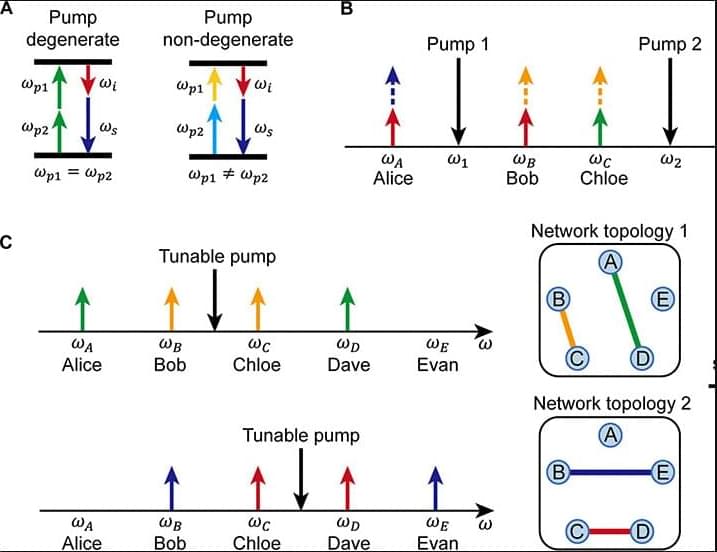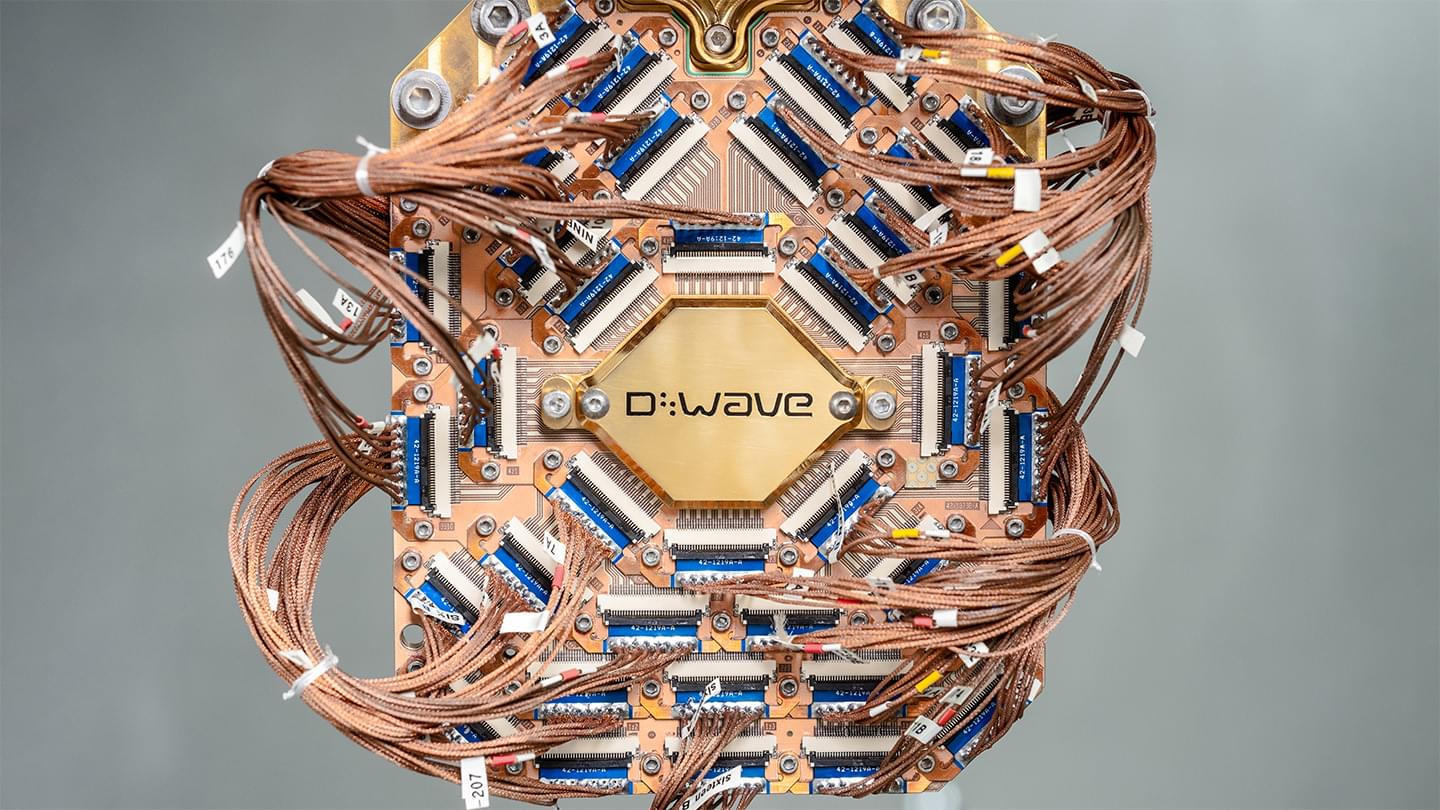Based on a material view and reductionism, science has achieved great success. These cognitive paradigms treat the external as an objective existence and ignore internal consciousness. However, this cognitive paradigm, which we take for granted, has also led to some dilemmas related to consciousness in biology and physics. Together, these phenomena reveal the interaction and inseparable side of matter and consciousness (or body and mind) rather than the absolute opposition. However, a material view that describes matter and consciousness in opposition cannot explain the underlying principle, which causes a gap in interpretation. For example, consciousness is believed to be the key to influencing wave function collapse (reality), but there is a lack of a scientific model to study how this happens. In this study, we reveal that the theory of scientific cognition exhibits a paradigm shift in terms of perception. This tendency implies that reconciling the relationship between matter and consciousness requires an abstract theoretical model that is not based on physical forms. We propose that the holistic cognitive paradigm offers a potential solution to reconcile the dilemmas and can be scientifically proven. In contrast to the material view, the holistic cognitive paradigm is based on the objective contradictory nature of perception rather than the external physical characteristics. This cognitive paradigm relies on perception and experience (not observation) and summarizes all existence into two abstract contradictory perceptual states (Yin-Yang). Matter and consciousness can be seen as two different states of perception, unified in perception rather than in opposition. This abstract perspective offers a distinction from the material view, which is also the key to falsification, and the occurrence of an event is inseparable from the irrational state of the observer’s conscious perception. Alternatively, from the material view, the event is random and has nothing to do with perception. We hope that this study can provide some new enlightenment for the scientific coordination of the opposing relationship between matter and consciousness.
Keywords: contradiction; free energy principle; hard problem of consciousness; holistic philosophy; perception; quantum mechanics; reductionism.
Copyright © 2022 Chen and Chen.









